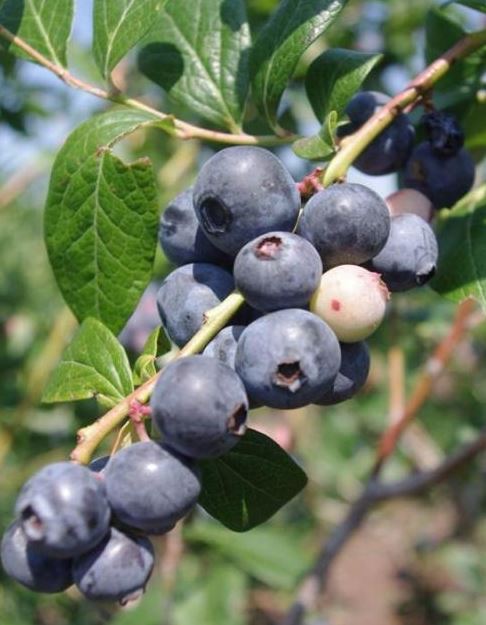There are fruit types that grow well in North Florida and that do not require a lot of space. For high yields they do need a spot that gets direct sun for at least half the day. An area only 10 by 10 feet can support a gratifying amount of fruit production.
Some of the best fruit choices for small areas are rabbiteye blueberries, blackberries and muscadine grapes.
The rabbiteye blueberry is native to the Southeastern United States. Blueberries require a soil pH below 5.3. So, it’s advisable to have your soil tested to find out what the pH is before planting. Mixing peat moss into the soil can lower the pH, if needed. There are many rabbiteye blueberry cultivars. Be sure to plant at least two cultivars together for pollination. Here is a link with more information on blueberries for Florida. https://edis.ifas.ufl.edu/publication/MG359

All of the other fruits like a soil pH of 6.0 to 6.5. Garden lime can be used to raise the pH but only if you have the results of a reliable soil test indicating how much lime is needed. Your County Extension Office can help you determine how to have your soil tested.
Blackberries are productive if you select the correct cultivars. Cultivars adapted to Florida produce large, attractive fruit. Some are self-fruitful while others require a pollinator. Some have thorns while others are thornless. Some grow more erect while some have a trailing growth habit, requiring trellising. ‘Brazos’ is a late fruiting cultivar that does well in our area and does not require cross-pollination but it does have thorns. Here is a link with more information on blackberries for Florida. https://edis.ifas.ufl.edu/publication/hs104
The muscadine grape was one of the pleasant surprises found by the early colonists in the Southeastern United States. An extensive breeding program has resulted in many improved cultivars. Scuppernong is a variety of muscadine. Other popular varieties include ‘Cowart’, ‘Fry’, ‘Carlos’, ‘Summit’, ‘Higgins’, and ‘Nesbitt’. There are many others. Some are self-fruitful while others require a pollinator. There are cultivars that produce bronze, black, red or purple fruit. Some cultivars produce larger fruit, some have a higher sugar content and are sweeter. Muscadines are ready to harvest in late summer to early fall. Some mature early season, mid-season or late season, based on the cultivar. Here is a link with more information on muscadines for Florida. https://edis.ifas.ufl.edu/publication/HS100
Even though these fruit plants can be grown with limited space, they do require some care, including correct fertilization and pruning. Mid-December to mid-February is the best planting time for these fruit plants.
- Know What You’re Doing when Amending Florida’s Sandy Soil - December 18, 2025
- Evaluate and Renovate Landscape During Fall - October 30, 2025
- Summer is Too Hot for Lawn Herbicides - August 23, 2025
